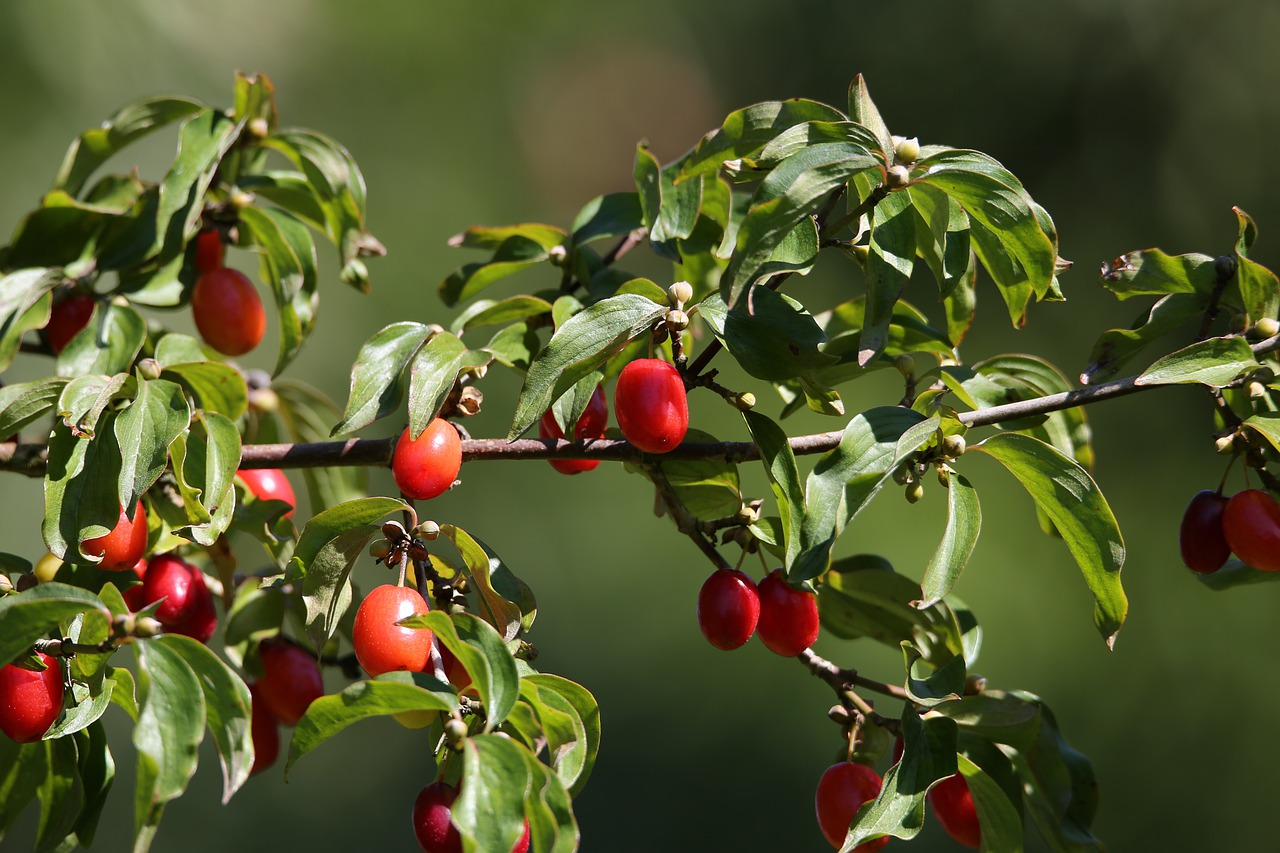
Edible Fruit Shrubs and Trees for the Garden
Do you want to diversify your garden and do something for insects, birds and other animals at the same time? Would you also like to harvest berries, fruit and nuts at the same time? Then why not try a snack hedge made from various woody plants. In this article, I'll introduce you to some snacking shrubs for humans and animals and show you the benefits they can bring.
This Article Contains:
- Trees and Shrubs With Edible Fruit for the Garden
- Rock Pear (Amelanchier Ovalis)
- Cornelian Cherry (Cornus Mas)
- Hazelnut (Corylus Avellana)
- Dog Rose (Rosa Canina)
- Blackthorn (Prunus Spinosa)
- Sea Buckthorn (Hippophae Rhamnoides)
- One-Stemmed Hawthorn (Crataegus Monogyna)
- Mountain Ash/Birdberry (Sorbus Aucuparia)
- Frequently Asked Questions About Edible Trees & Shrubs
Quick Overview
Shrubs With Edible Fruit: Examples
- Rock pear (Amelanchier ovalis): sunny to shady location; pioneer tree; harvest from June; food for birds, bees and humans
- Cornelian cherry (Cornus mas): sunny to semi-shady location; tolerates heat and wind; harvest between August and October; edible for humans and birds, flowers attractive to insects
- Hazelnut (Corylus avellana): sunny to semi-shady location; harvest from September, food for humans, squirrels, birds, mice,...
- Dog rose (Rosa canina): no wet soils, harvest from the end of October, edible fruit for humans and animals, especially birds
- Blackthorn (Prunus spinosa): sunny location with lime-rich soil; pioneer tree; harvest between the end of November and December; important food source and nesting site for birds over the winter
- Sea buckthorn (Hippophae rhamnoides): sunny location with sandy soils; harvest between August and October, depending on variety, edible but very sour fruit
Trees and Shrubs With Edible Fruit for the Garden
A snack hedge with edible fruit offers a number of advantages. These shrubs are particularly easy to care for and usually grow without any problems. You also get edible fruit and nuts that you can use to make jam, cake or compote. However, other garden inhabitants such as insects, birds and other small animals also enjoy these shrubs, as they provide them with food and a habitat. So if you want to Attract Beneficial Insects or do something good for endangered species, native trees and shrubs are a great option.
You can also place these hedges in your garden as wind and privacy screens, to influence the microclimate or simply for peace and quiet. They can border your garden and offer a more varied look than walls, evergreen laurel or privet hedges. In more open areas, they protect against wind and prevent the garden soil from being worn away (erosion).
Rock Pear (Amelanchier Ovalis)
Dark blue, edible fruits, reminiscent of small blueberries, ripen from the white flowers. The edible fruits can be harvested from June and also provide food for birds. Their flowers also serve as bee pasture in spring. The fruits can be used to make jam or compote and also taste great in cakes! The berries can also be used dried in muesli. Their light marzipan aroma is then even more pronounced. They grow in both sunny and shady places. They are also not very demanding on the soil. Due to these characteristics, they often appear as pioneer trees in difficult locations.
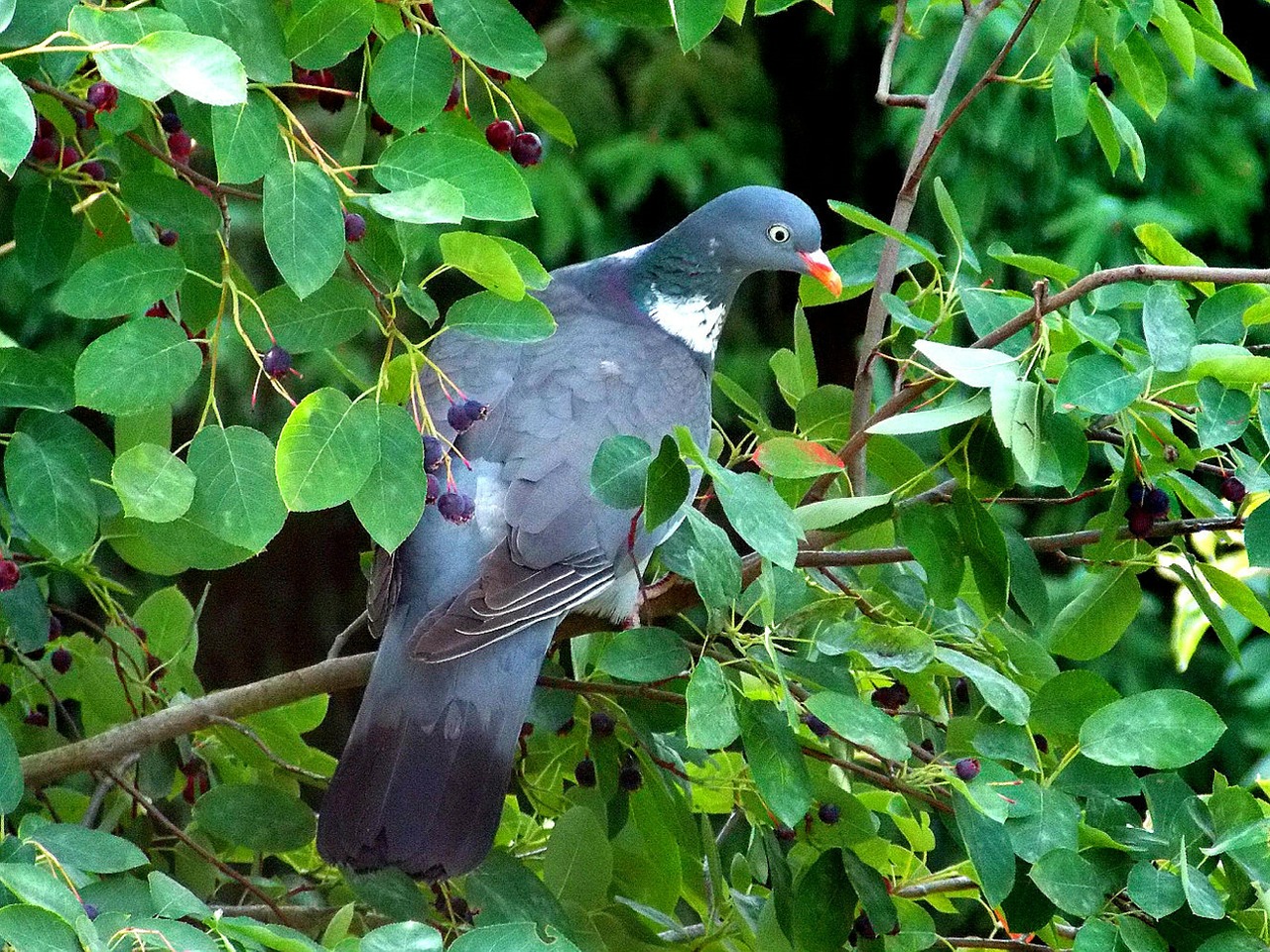
Cornelian Cherry (Cornus Mas)
The cornelian cherry is not related to cherries, but belongs to the dogwood family. The shrub can grow to a height of several meters, but can also be pruned back to form a hedge. The shrub is particularly popular in gardens, as it often begins to bloom yellow as early as February. Early in the year, active pollinator insects such as bumblebees and wild bees seek out the shrub. The red fruits are edible for birds and humans and can be harvested from the end of August to the beginning of October. Over a harvest period of four to five weeks, all the ripe fruit can be gradually shaken off the tree. Due to their high vitamin C content, they are also considered to be immune-boosting in the cooler fall season. As well as being eaten fresh, the fruit can also be used to make a tasty jam. Cornelian cherries thrive best in sunny or semi-shady locations. They also tolerate both heat and wind. Soil should be well-drained and not too compacted.
Our tip: After pruning in the fall, you can create a Benjes hedge, also known as a deadwood hedge, from the deadwood and green cuttings. Numerous garden inhabitants such as birds, insects and amphibians will then find shelter here. You can find out How to Create and Plant a Benjes Hedge here.
Hazelnut (Corylus Avellana)
Hazelnuts are popular shrubs in gardens. After all, it is simply a great feeling to be able to harvest nuts from your own garden. The nuts are eaten by squirrels, birds, dormice and mice to get them through the cold winter. The flower catkins are also an important source of food for many insects in spring. In warm regions, it can flower as early as December or January. The nuts can be harvested from September. To catch only the ripe fruit, you can shake off the branches every few days and collect the fallen hazelnuts. To preserve the nuts, you must first leave them to dry for a few days in a warm, dry place. Tip: The young leaves are also edible and can be used like lettuce or spinach, for example. Hazel shrubs like sunny to semi-shady locations. The soil should be well-drained and not too acidic.
Our tip: You can find more information on How You Can Make Your Garden Bird-Friendly and Thus Encourage Birds in Your Garden here.
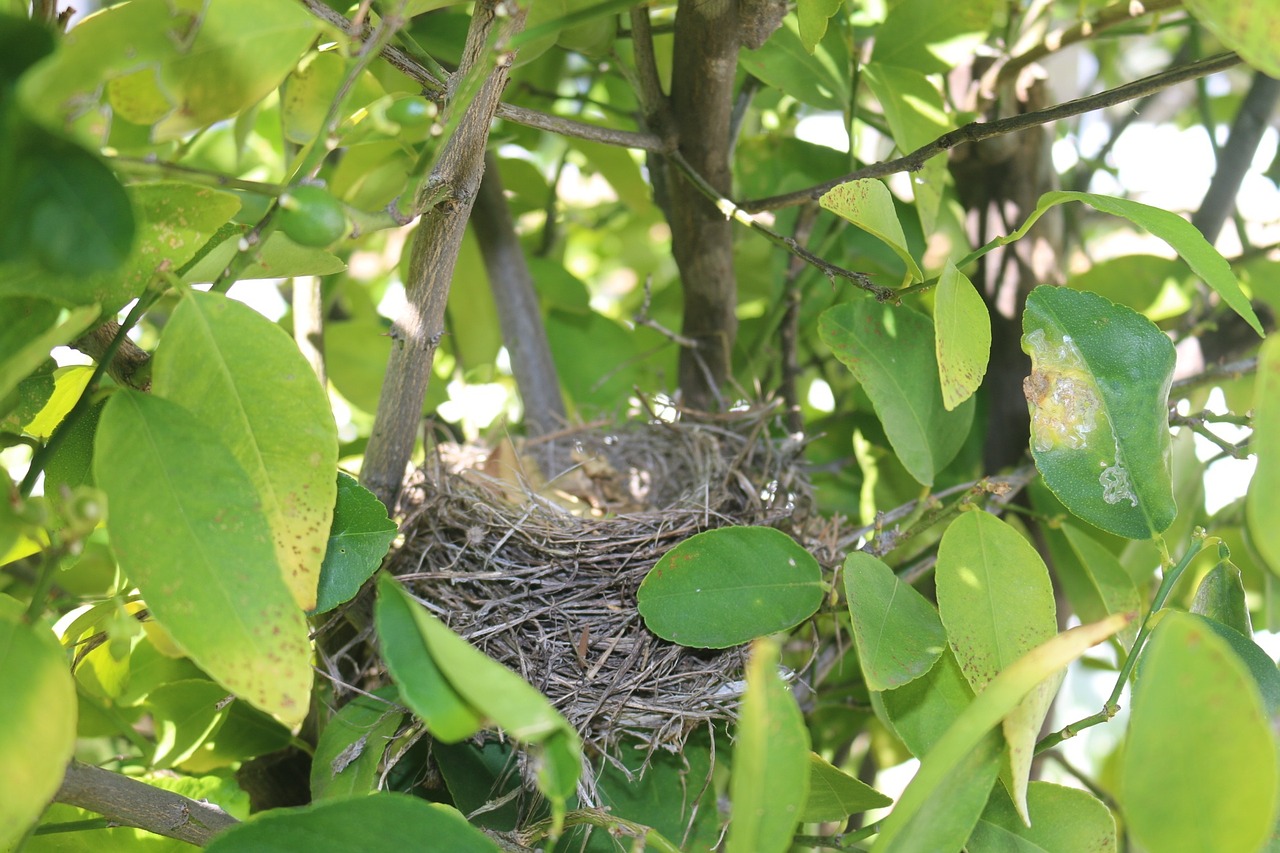
Dog Rose (Rosa Canina)
Like many other wild roses, the dog rose (also known as dog rose) produces edible rose hips in the fall. These fruits can be boiled down into jam or dried and used as tea. The rose hips of the dog rose do not ripen until the end of October and usually remain on the bush throughout the winter. This makes them an important source of winter food for many birds. The pink flowers provide important pollen for (wild) bees in spring. The shrub is fairly undemanding and robust. The only thing the dog rose does not like is very wet soil.

Learn More About Edible Trees & Bushes
In our library you will find information on the individual varieties with cultivation periods, tips on planting and harvesting. You will also find good and bad companion plants to help you plan a mixed crop.
Discover Library NowBlackthorn (Prunus Spinosa)
Blackthorn produces dark blue fruits in the fall, which are edible. However, they only taste good after the first frost, before that the fruits are very sour and bitter. The fruits can be made into jam, juice or liqueur. Birds also like to eat the berries throughout the winter. They are also protected from predators in the thorny branches and therefore prefer to build their nests in sloe bushes. In spring, insects like to snack on nectar from the white flowers. Blackthorn grows best in sunny locations with lime-rich soil. However, the shrub can also cope with shadier and cooler conditions. Blackthorn is considered a pioneer shrub in particularly dry locations.
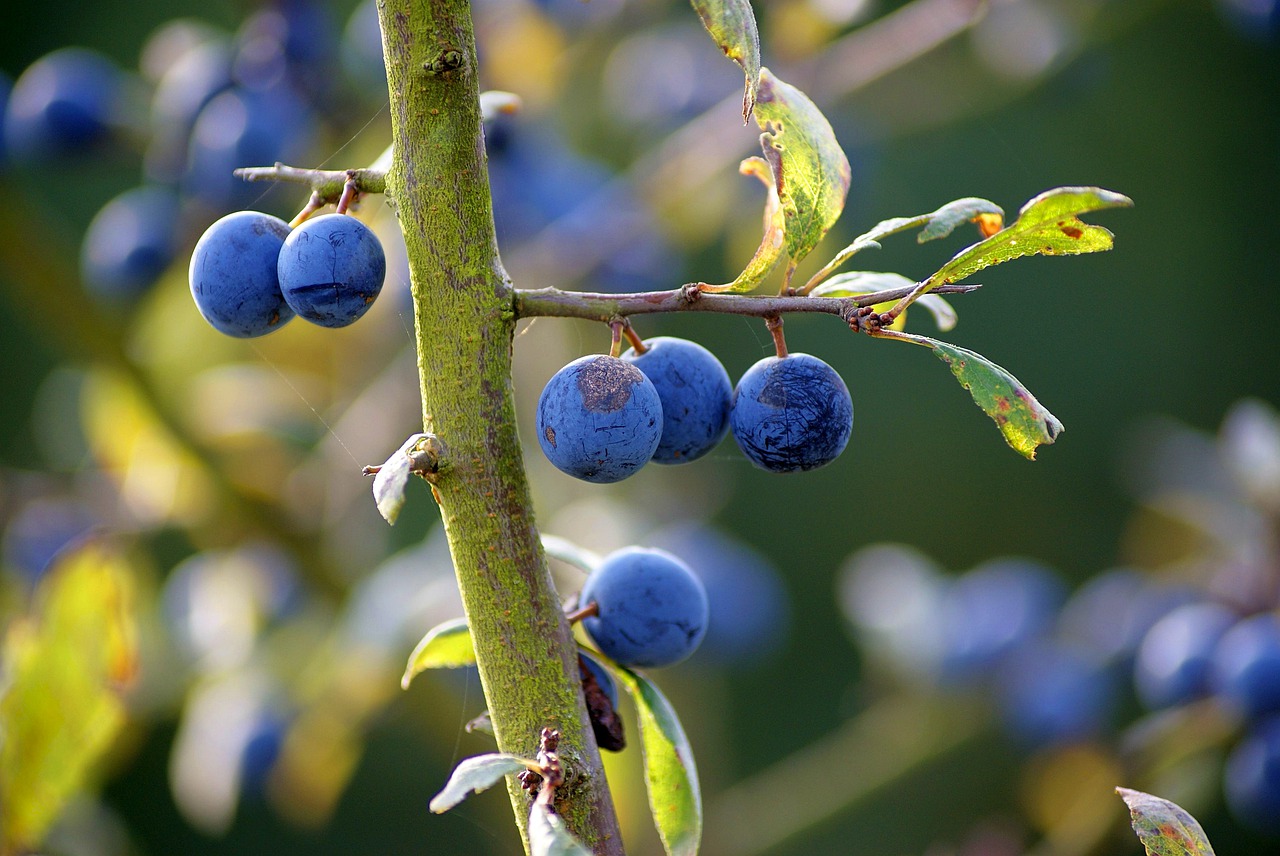
Sea Buckthorn (Hippophae Rhamnoides)
The fruits of the sea buckthorn contain a lot of vitamin C and are therefore perfect for strengthening the immune system in the fall. They can be eaten directly (watch out for sourness!) or processed into jam and juice. Birds also use the healthy fruits as food and like to nest between the thorny branches. To be able to harvest fruit, you should make sure to plant both male and female plants: Sea buckthorn is dioecious. This means that there are male plants that are needed to fertilize female plants. The female plants can only produce fruit if fertilization is successful. Sea buckthorn grows mainly in coastal regions and therefore prefers sandy and well-drained soil. The shrubs also need a lot of light. However, sea buckthorn copes well with salty and windy locations.
One-Stemmed Hawthorn (Crataegus Monogyna)
What is often forgotten: Hawthorn is also edible. It is even said to have healing properties. Although the raw fruit tastes rather floury, it can be made into jam together with other fruits. The often heavily branched shrub provides food and shelter for numerous native bird species. The flowers also attract many insects and beneficial insects, such as wild bees, in spring. In addition to the hawthorn, there are several other hawthorn species that are native to our region. All native species are edible. Although hawthorn also grows in shady places, it produces more fruit the sunnier the location. The bush thrives best in lime- and nutrient-rich soil.
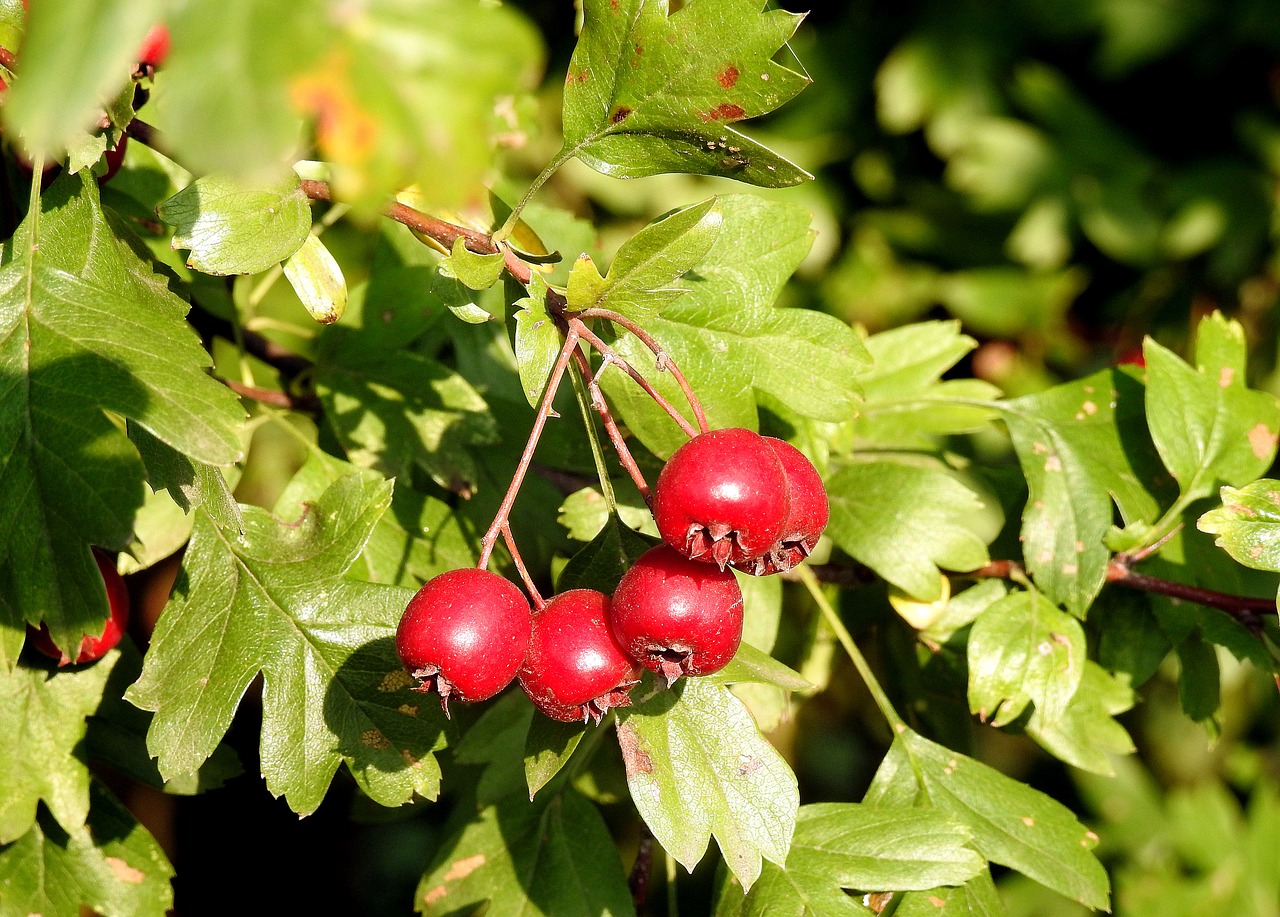
Mountain Ash/Birdberry (Sorbus Aucuparia)
As the name suggests, rowan/ mountain ash is very popular with birds. The shrubs, some of which grow into trees, produce bright orange fruits, which are a food source for many native bird species. The flowers are rich in nectar and pollen, which attracts numerous insects in spring. We humans can also eat the berries: However, not raw, as they contain slightly toxic parasorbic acid, which leads to nausea and abdominal pain in large quantities. Cooked as jam or compote, however, rowan berries are tasty and harmless, as the toxin is broken down in the process. The rowan does not require a lot of space and thrives in sunny to semi-shady locations.
Most woody plants can be planted either in the fall or spring. In our article on planting shrubs and trees, you can find out the best way to go about planting shrubs and trees.
I hope I was able to awaken your desire for a snack hedge for humans and animals. If you have any questions or comments, please write to us at [email protected].
If you need help with planning, take a look at the Fryd bed planner. It will help you find the right crops for your location and skill level and give you tips on how to grow your own vegetables. Register here or download the Fryd app for Android or iOS.
Fryd - your digital bed planner
Cover picture: Cornelian cherry by Goran Horvat on Pixabay.

Isabell
Isabell studies agricultural sciences and loves to be surprised by nature and its complexity again and again. Herbs - whether gathered wild or in the garden - are her passion.
Learn MoreCurrent Topics in the Community

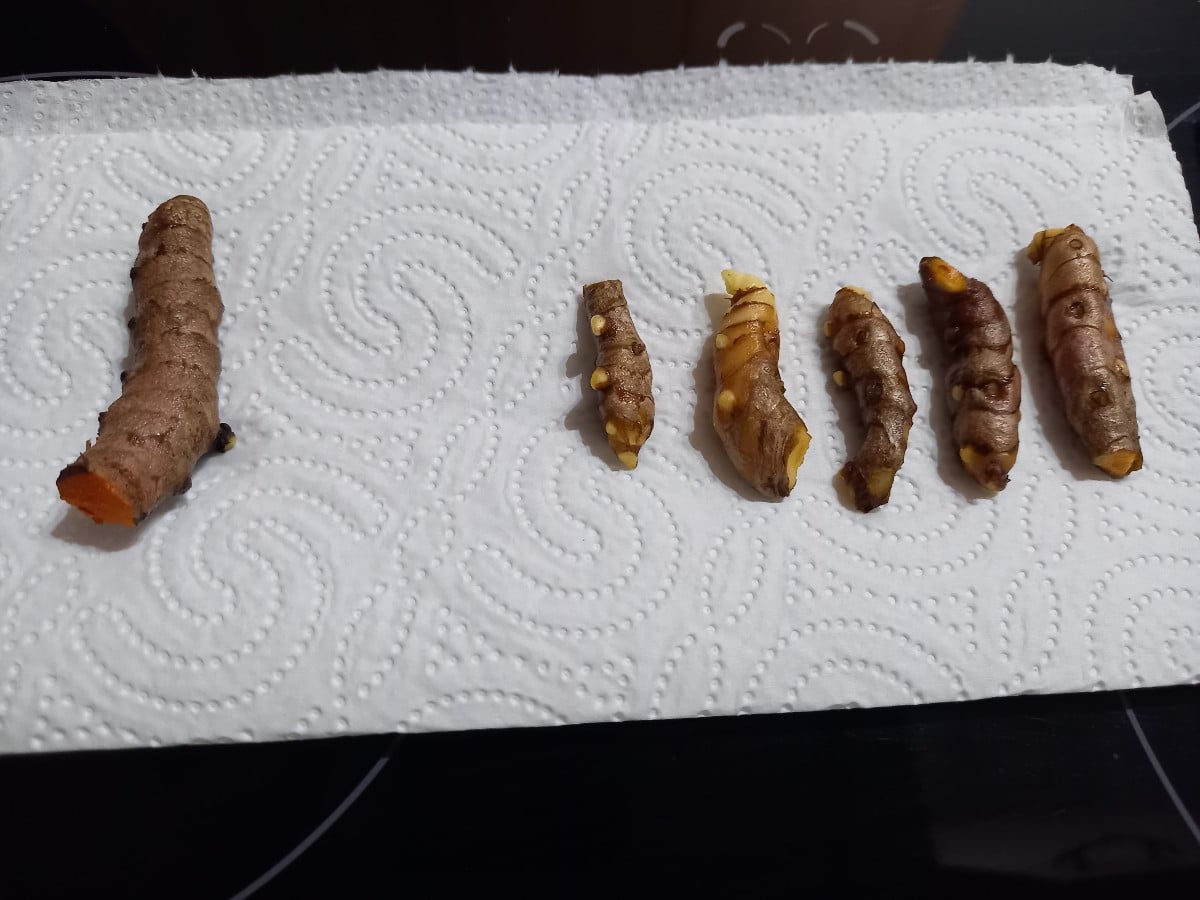
Liked 4 times
Hello folks, Today, after almost a year, I took my turmeric plant out of the flower pot that was on our windowsill. I think it's not bad for a 14x14 pot without any special care. On the left is the mother rhizome, which is also edible.
Show 2 answers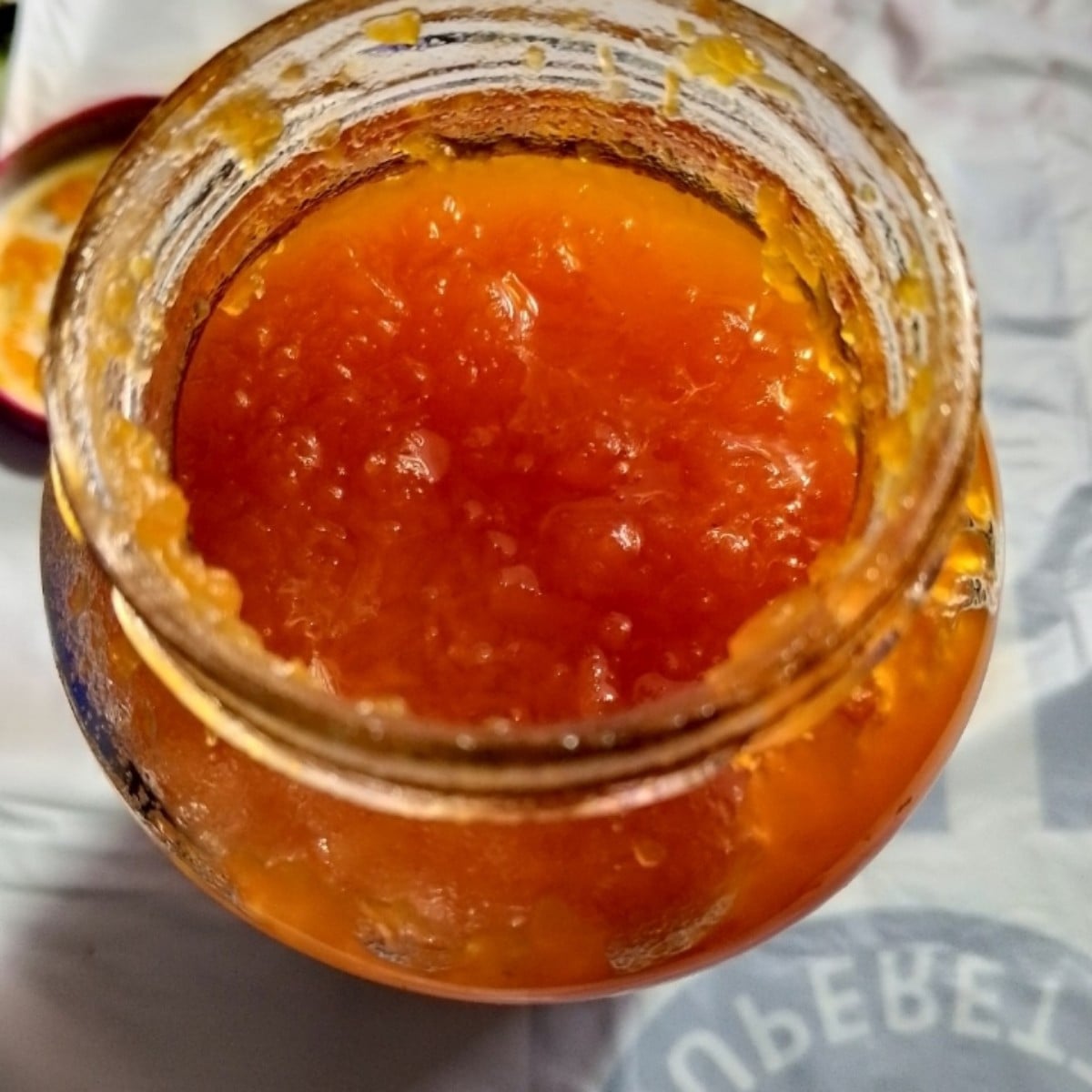
Liked 13 times
Pumpkin jam Cinnamon sticks are added for flavor. It tastes great, do you make pumpkin jam in Europe?
Show 5 answers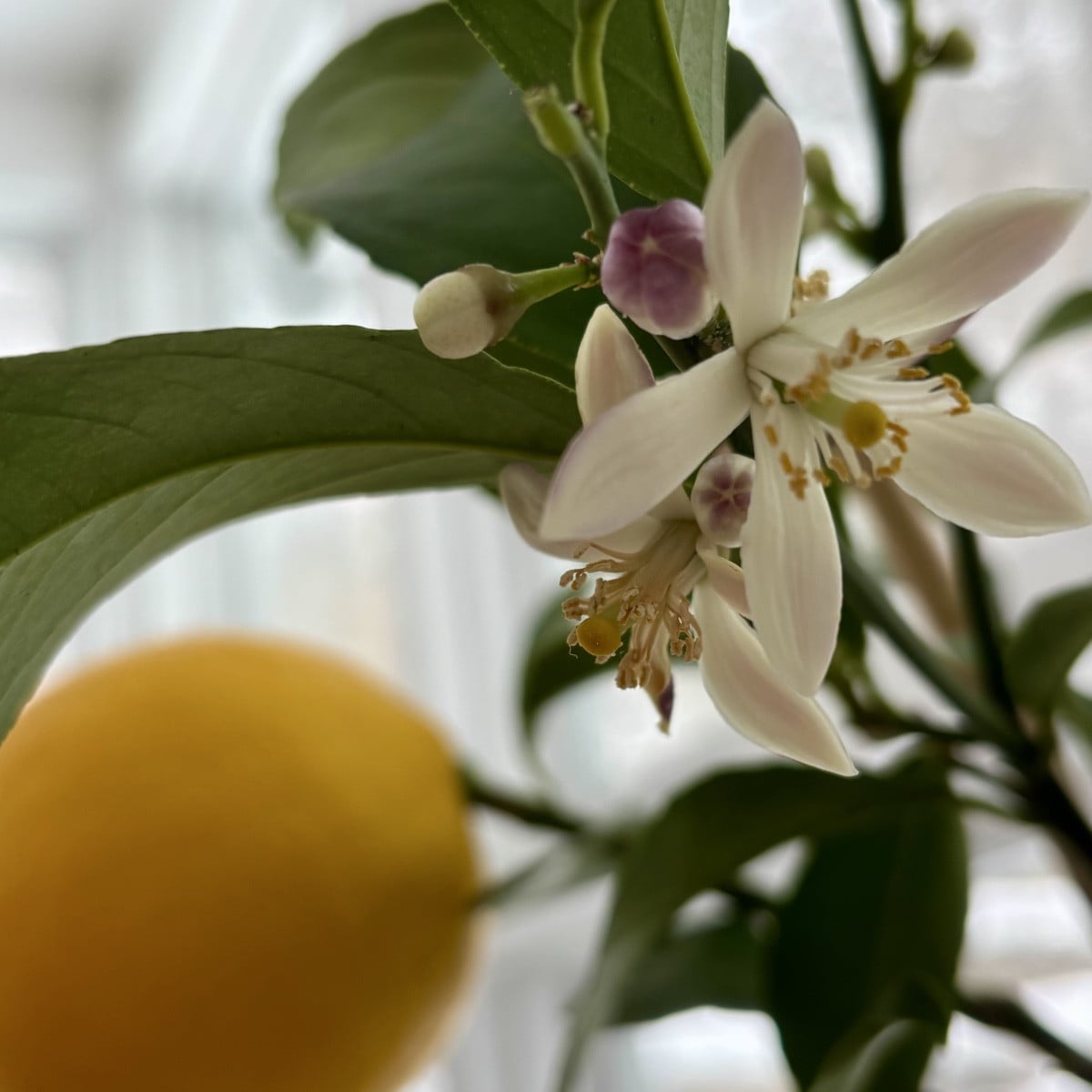
Liked 19 times
There's snow outside, but inside it smells of citrus blossom 🥰🍋🌸
Show 1 answerPopular Articles

Overwintering Parsley: How to Do It Successfully

How to Grow Lettuce in Winter: Varieties, Sowing, Harvesting

Growing Sage Plant: Tips for Sowing and Harvesting

What Herbs Can Be Planted Together?

Create & Design a Permaculture Garden

Overwintering Plants: Tubs, Pots and Raised Beds

Pruning, Fertilizing & Propagating Currants: Care Tips

Pruning Raspberries: How to Do It

Vegetable Garden With Greenhouse: How to Use Greenhouse Effect

Winterizing Beds and the Garden: How to Do It
FAQ
What are the advantages of native shrubs?
Snack hedges offer edible fruits and nuts, are easy to maintain and also serve as important food sources and habitats for insects, birds and other beneficial insects.
Which edible shrubs are suitable for the garden?
The recommended species include rock pear, cornelian cherry, hazelnut, dog rose, sloe, sea buckthorn, thorny hawthorn and mountain ash/yellowberry.
Are the fruits of these shrubs edible?
The fruits of rock pears, cornelian cherries, dog rose hips, sloes, sea buckthorn, hawthorn and rowan berries are edible. However, rowan berries are only edible when cooked!
How do you care for edible shrubs?
Care varies depending on the species, but many are easy to care for and tolerate different locations and soil types. Some require sunny to semi-shady locations and well-drained soil.
When is the best time to plant edible shrubs?
Most woody plants can be planted either in the fall or spring.